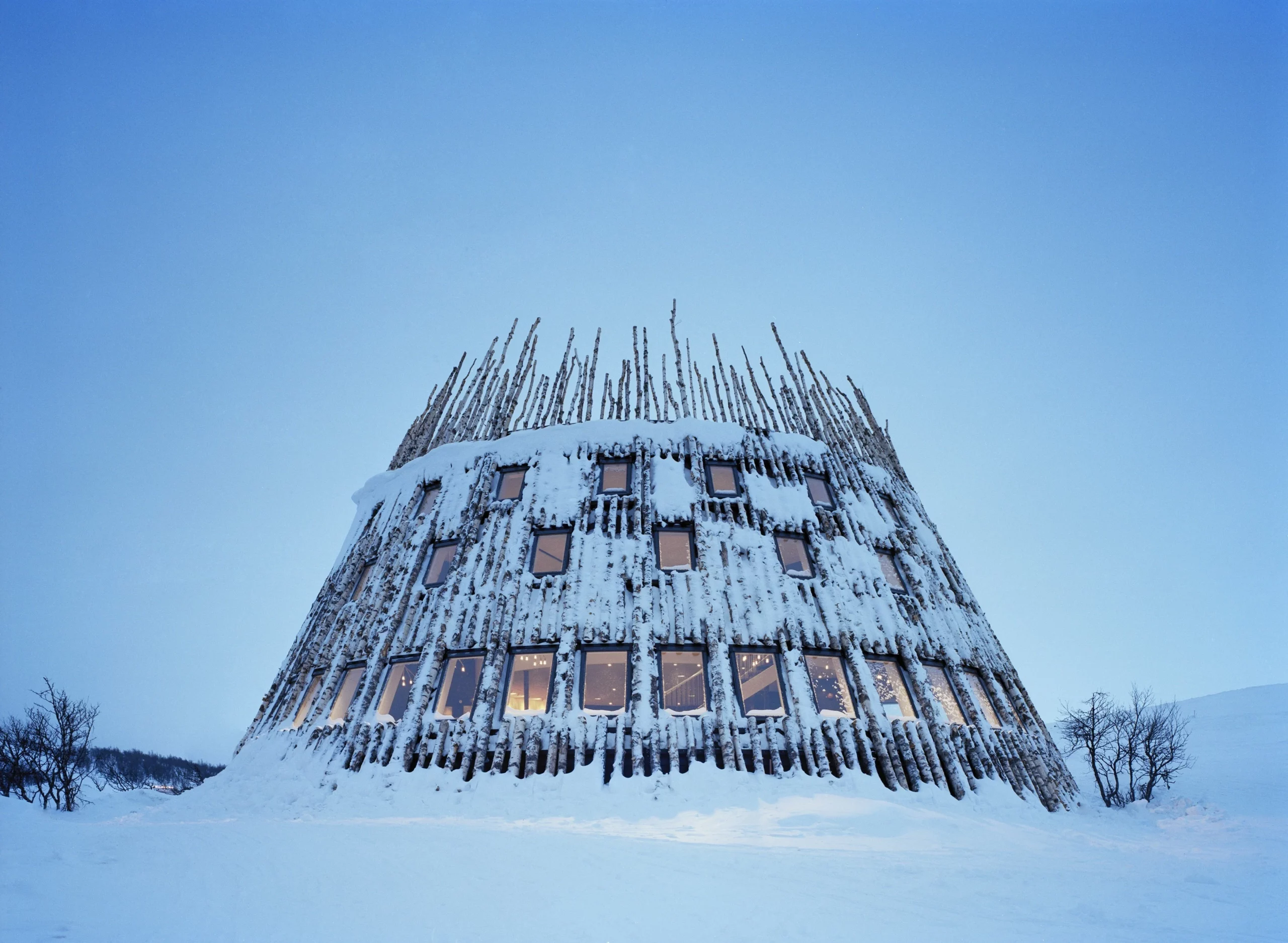Lapland
WELCOME TO Lapland
County Overview
Kiruna
109,702 km2
250,000
Swedish
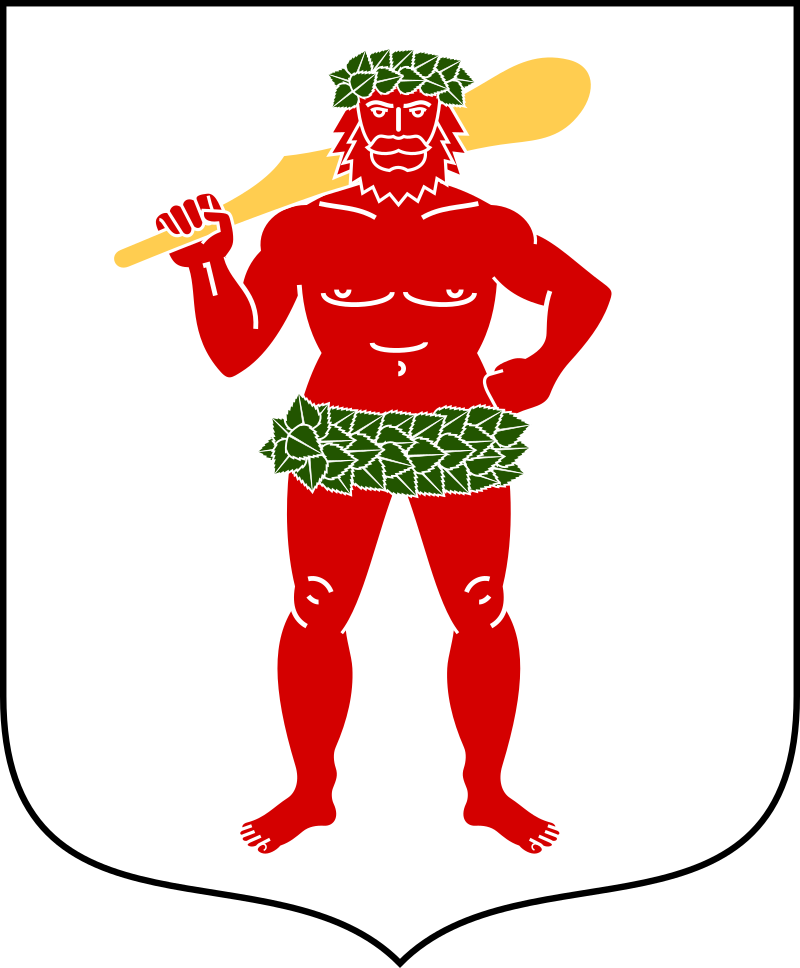
Popular
Geography and Tourist Attractions
Information about the province's tourist attractions, including popular destinations, events, and activities.
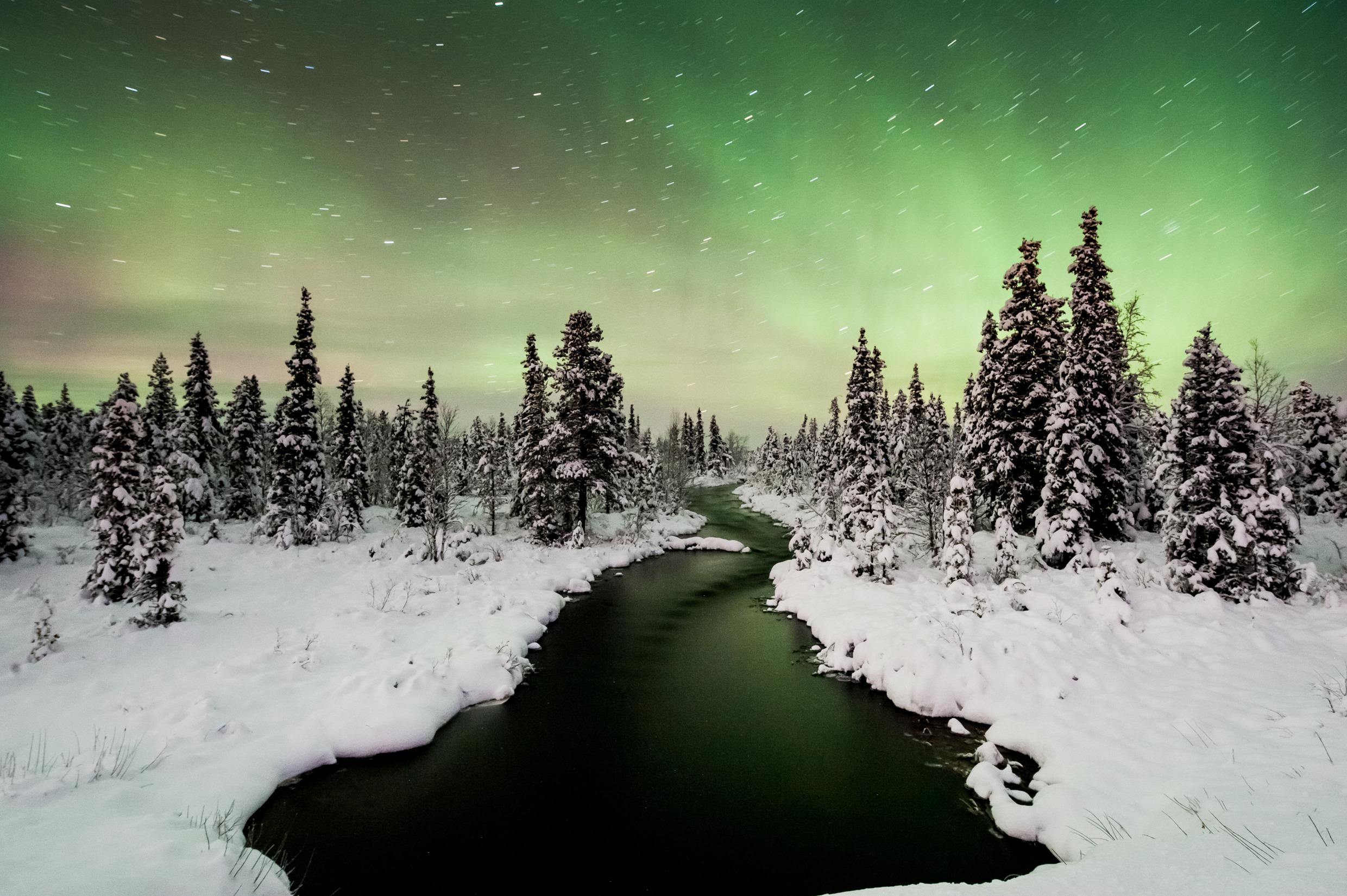
Northern Lights
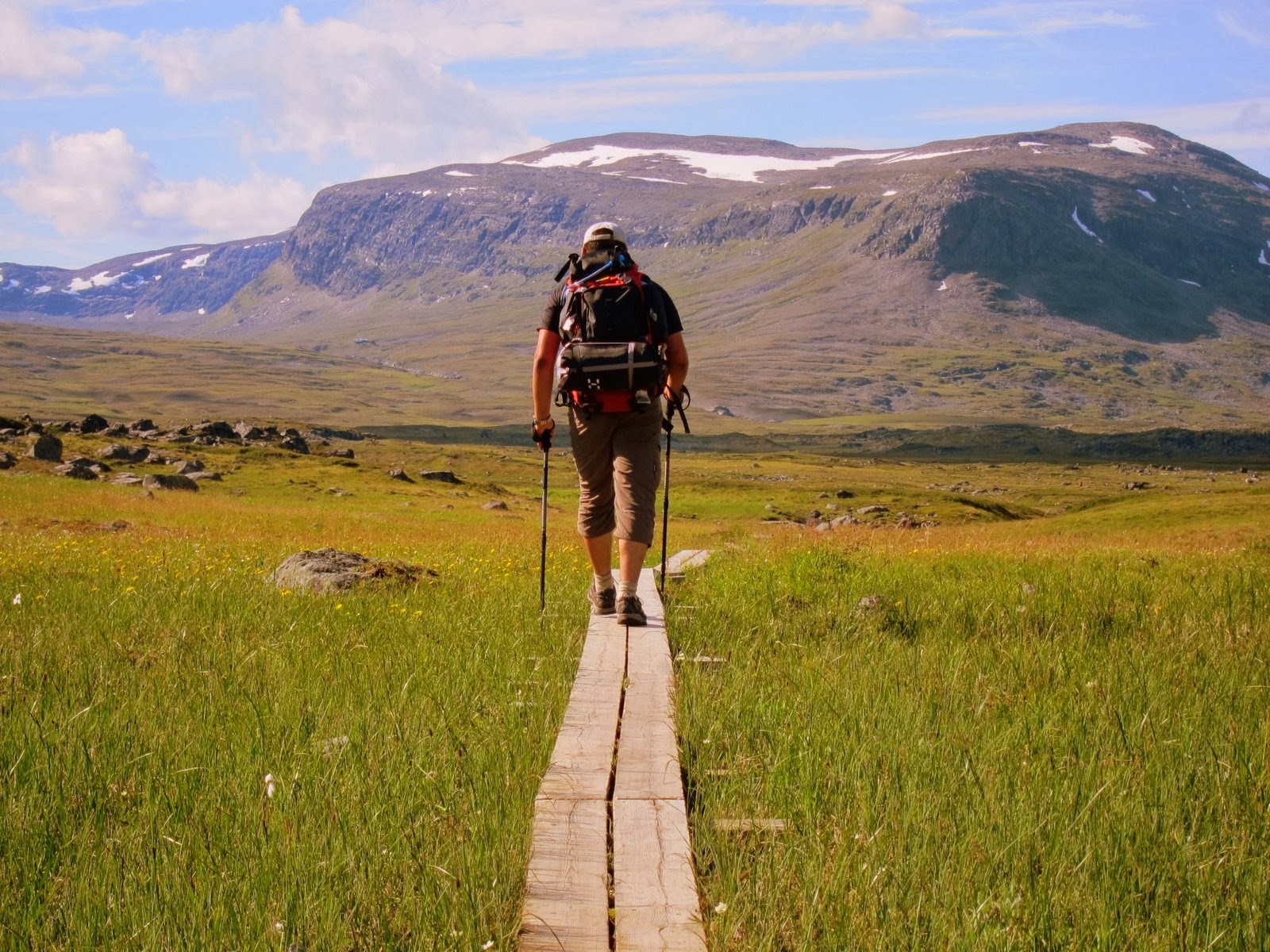
Kungsleden

Icehotel
Political
Economy and Government
Lapland is a sparsely populated region, and its economy is largely driven by natural resources such as timber, mining, and tourism. The region is home to some of Sweden's largest mines, producing iron ore, copper, and gold. The forestry industry is also important, with many local communities relying on forestry for jobs and income. In recent years, tourism has become an increasingly important part of the economy, with visitors coming to experience the region's natural beauty and unique cultural traditions.
Lapland is not a separate administrative region in Sweden, but rather a large area that spans several municipalities. These municipalities are governed by local councils that are responsible for providing basic services and infrastructure to residents. The regional government of Norrbotten County, which includes most of Lapland, is responsible for issues such as healthcare, education, and transportation. The Swedish government also plays a role in governing the region, particularly when it comes to issues such as mining and environmental regulation. Overall, the government of Lapland is similar to that of other regions in Sweden, with a focus on providing services and infrastructure to support local communities and businesses.
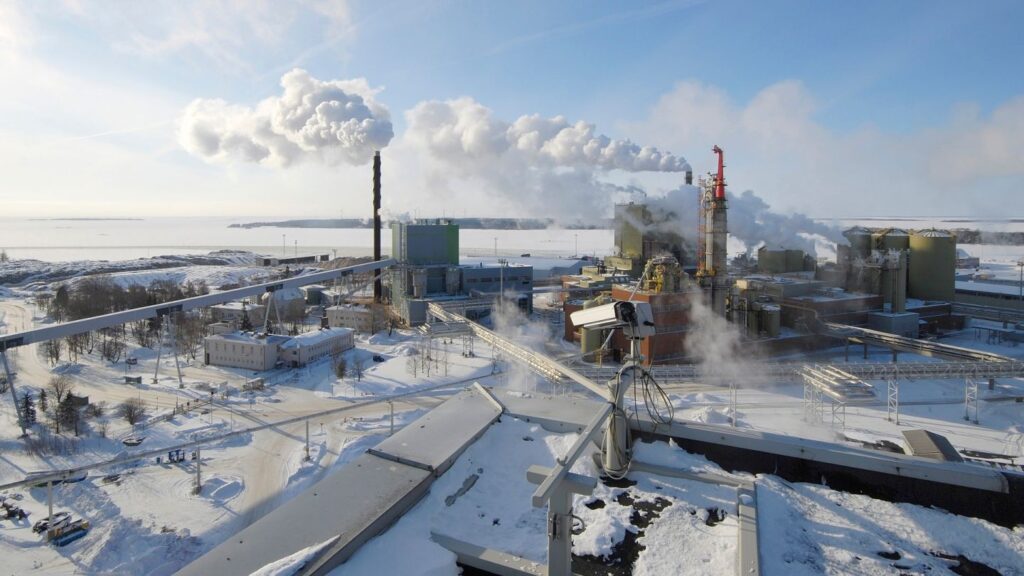
History
History and Culture
Lapland is a region located in the northern part of Sweden, characterized by its stunning natural beauty and unique cultural heritage. The region is home to the indigenous Sami people, who have inhabited the area for thousands of years and have developed their own distinct language and traditions. The Sami people are known for their nomadic way of life, with reindeer herding being a central aspect of their culture.
The history of Lapland is closely tied to the Sami people, and the region has played an important role in Sweden's history as a whole. In the 17th and 18th centuries, Lapland was an important center for mining and trade, and the region was also a popular destination for early explorers and naturalists.
Today, Lapland is a popular tourist destination, known for its breathtaking natural landscapes, including vast forests, sparkling lakes, and rugged mountains. Visitors to the region can experience the unique culture of the Sami people by participating in traditional reindeer sleigh rides, sampling local cuisine, and learning about the rich history of the region. Lapland is a truly special place, where history and culture come together to create an unforgettable experience for visitors from around the world.
HOTELS
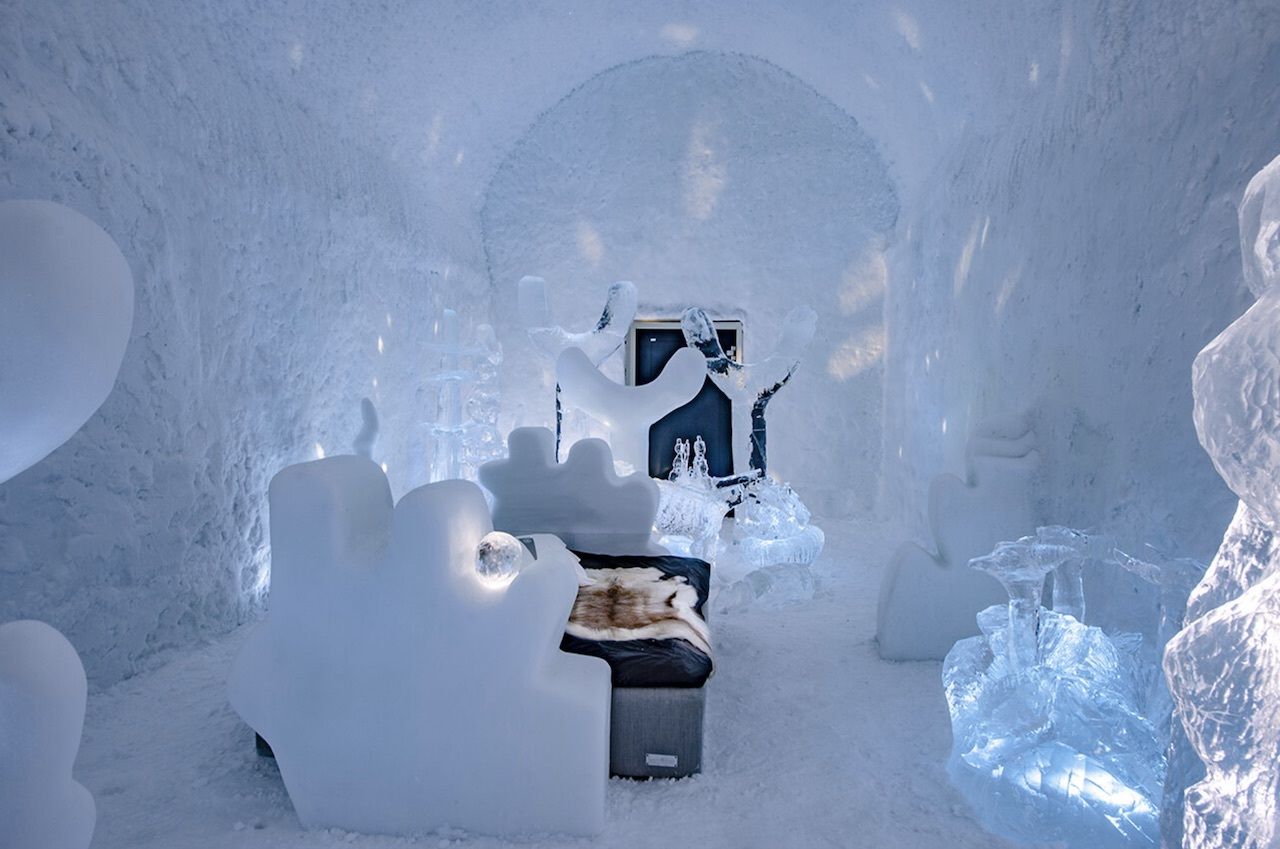
ICEHOTEL
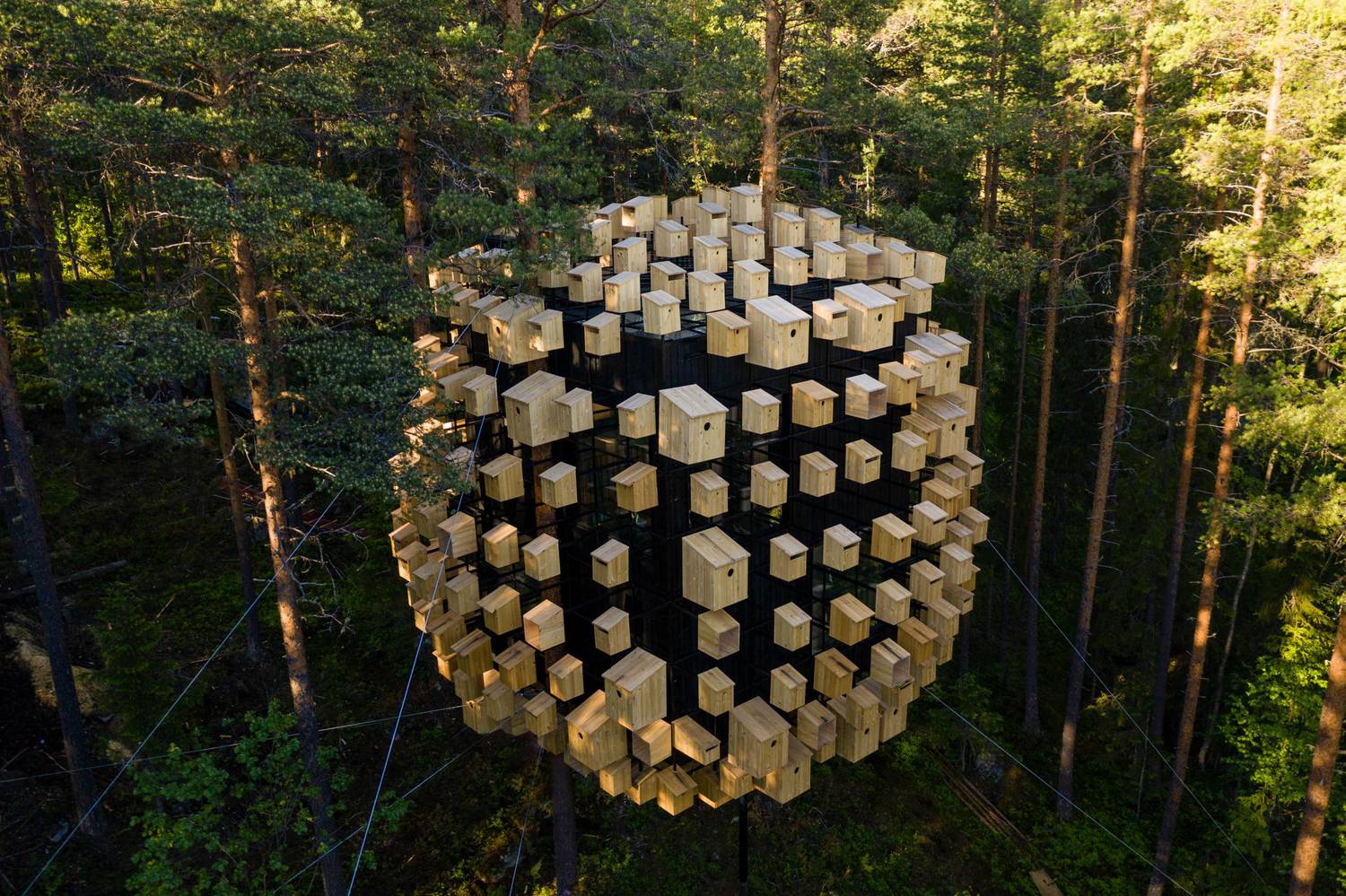
Treehotel
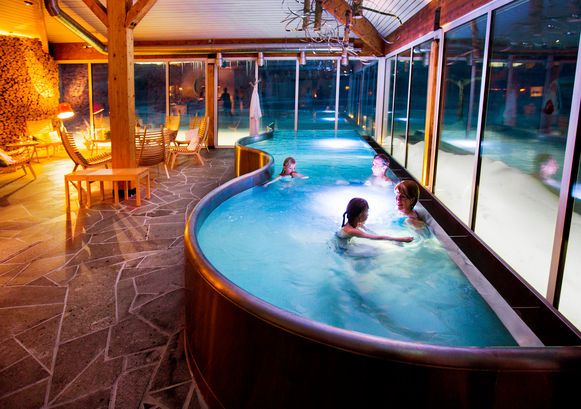
Camp Ripan
RESTAURANTS

Fäviken Magasinet
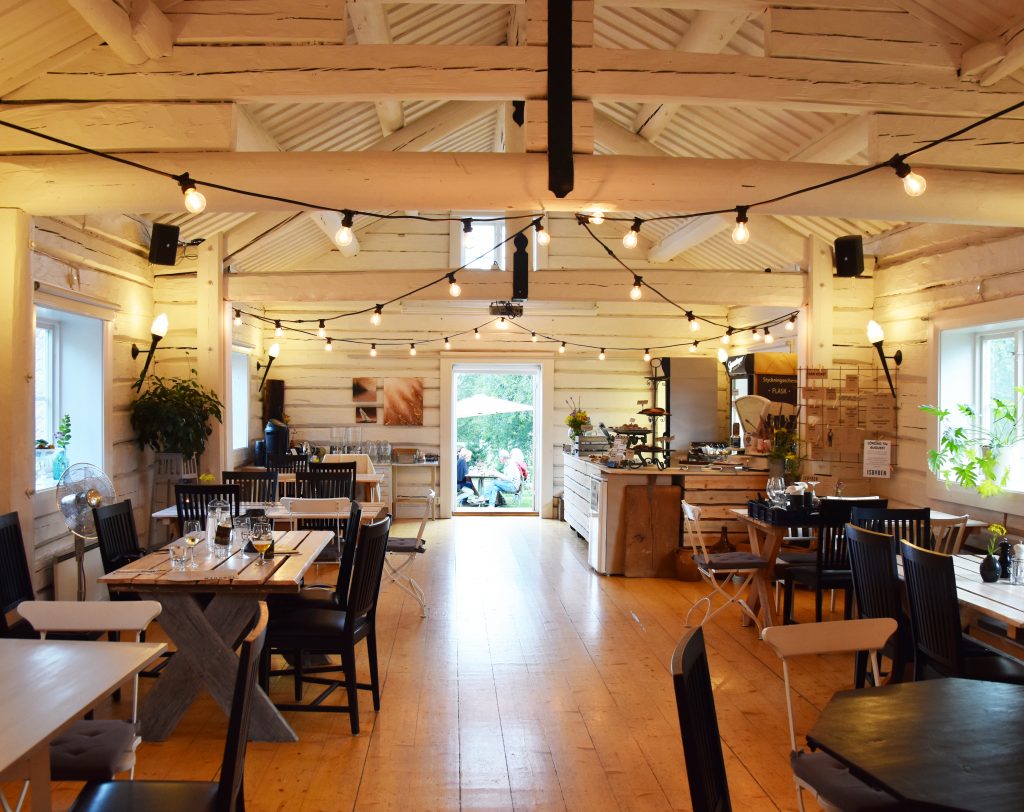
Bistro Logården
